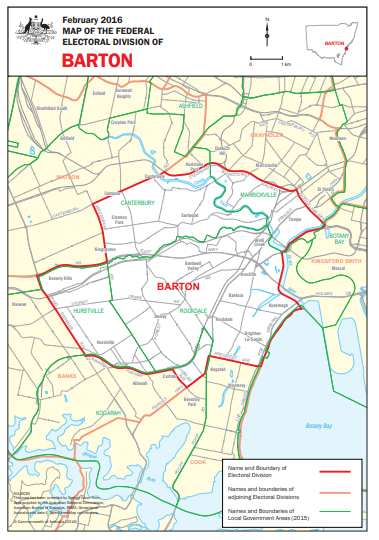|
|
|
|
| Adam Carr's Election Archive
|
Australian federal election, 2022
Division of Barton, New South Wales
Named for: Rt Hon Sir Edmund Barton (1849-1920), NSW MP 1879-94,
1897-1900, federal MP 1901-03, Prime Minister 1901-03 (first Prime
Minister)
Southern Sydney: Bexley, Clemton Park, Earlwood, Hurstville, Rockdale
State seats: Parts of
Canterbury,
Kogarah,
Lakemba,
Rockdale,
Summer Hill
Local government areas: Parts of Bayside,
Canterbury-Bankstown,
Georges River
and
Inner West
Borders with:
Banks,
Cook,
Grayndler,
Kingsford Smith and
Watson
Enrolment at 2019 election: 108,992
Enrolment at 2022 election: 110,484 (+01.4)
1999 republic referendum: Yes 51.8
2018 same-sex marriage survey: No 56.4
Sitting member: Hon Linda Burney (Labor):
Elected 2016, 2019
2007 Labor majority over Liberal: 12.1%
2010 Labor majority over Liberal: 6.9%
2013 Liberal majority over Labor: 0.3%
2016 Labor majority over Liberal: 8.3%
2019 Labor majority over Liberal: 9.4%
Liberal two-party vote 1983-2019
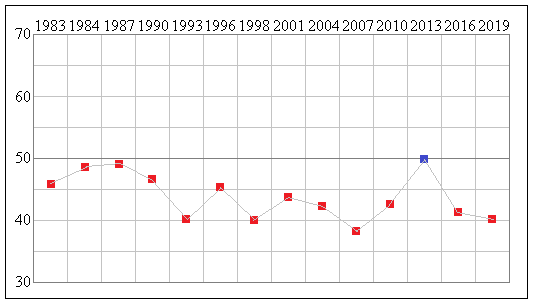
Status: Fairly safe Labor
Best Labor booths, two-party vote: Marrickville West (81.9), Marrickville South (81.2), Tempe (77.8),
Marrickville Park (75.2), Hurlstone Park (75.0)
Best Liberal booths, two-party vote: Beverly Hills Central (54.5), Hurstville PPVC (52.0), Hurstville North
(50.7), Kingsgove North (50.6), Clemton Park West (50.0)
2019 results
Statistics and history
Candidates in ballot-paper order:
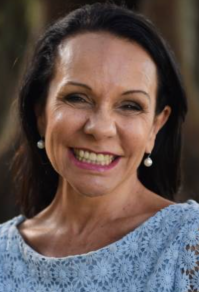 |
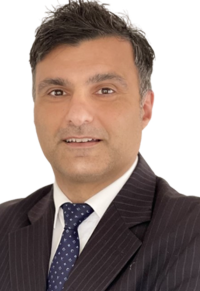 |
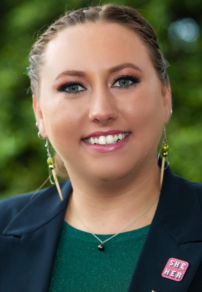 |
 |
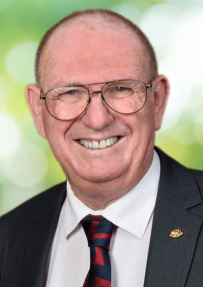 |
1. Hon Linda Burney
Australian Labor Party |
2. Dimitri Honos
United Australia Party |
3. Taylor Vandijk
Australian Greens |
4. John Goody
Liberal Party |
5. Phillip Pollard
Pauline Hanson's One Nation |
Candidate websites:
Hon Linda Burney
John Goody
Dimitri Honos
Phillip Pollard
Taylor Vandijk
Division of Barton
Barton was created in 1922 in the southern suburbs of Sydney, and has been a very stable seat in terms of both
its borders and its social composition. It is relatively wealthy for a Labor-held seat, with a high
proportion of home-owners and university graduates. Its increasing strength for Labor is explained by its high proportion of
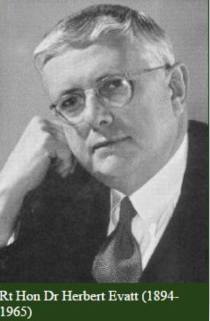 people born in non English speaking countries: Barton is one of the most multi-cultural seats in Australia, with over
60% of households speaking a non-English language.
people born in non English speaking countries: Barton is one of the most multi-cultural seats in Australia, with over
60% of households speaking a non-English language.
The expansion of the seat to the north by recent redistributions
has strengthened Labor's position. The 2016 redistribution made these characteristics even stronger by
removing the more affluent suburbs along the Georges River and pushing the seat into strong Labor areas.
Barton has usually been held by Labor, its most prominent member being Dr
H.V. Evatt, External Affairs Minister
under Curtin and Chifley and later Opposition Leader.
Robert McClelland, son of Whitlam government minister
Senator Douglas McClelland, won the seat in 1996. McClelland was a minister in the Rudd and Gillard governments,
before retiring in 2013, when the seat fell to the Liberals for the first time since 1977.
Nickolas Varvaris held
the seat for one term until he was defeated by a combination of the 2016 redistribution and the swing to
Labor at that election.
Linda Burney, Labor MP for Barton since 2016, was a teacher and public servant before entering politics. She was
Director General of the NSW Department of Aboriginal Affairs 2000-03. She was then MLA for Canterbury in the NSW
Parliament 2003-16, and was a minister in the last NSW Labor government 2007-11. She is the first Indigenous
woman to sit in the House of Representatives. She is now Shadow Minister for Families and Social Services and
for Indigenous Australians. The Liberal candidate is John Goody, whose occupation is not known. The Greens candidate is Taylor Vandijk, an aged and disability care worker.
Demographics:
Median weekly household income: $1,601 (Australia $1,438)
People over 65: 14.3% (Australia 15.8%)
Australian born: 44.4% (Australia 66.7%)
Ancestry: Chinese 16.5%, Greek 8.3%, Lebanese 5.2%
Non-English-speaking households: 62.4% (Australia 22.2%)
Catholics 20.5% (Australia 22.6%)
Muslims: 7.6% (Australia 2.6%)
No religion 25.2% (Australia 29.6%)
University graduates: 29.4% (Australia 22.0%)
Professional and managerial employment: 35.9% (Australia 35.2%)
Employed in manufacturing and construction: 17.3% (Australia 22.9%)
Paying a mortgage: 28.9% (Australia 34.5%)
Renting: 37.2% (Australia 30.9%)
Traditional families: 36.1% (Australia 32.8%)
Back to main page
|
|
 people born in non English speaking countries: Barton is one of the most multi-cultural seats in Australia, with over
60% of households speaking a non-English language.
people born in non English speaking countries: Barton is one of the most multi-cultural seats in Australia, with over
60% of households speaking a non-English language.

